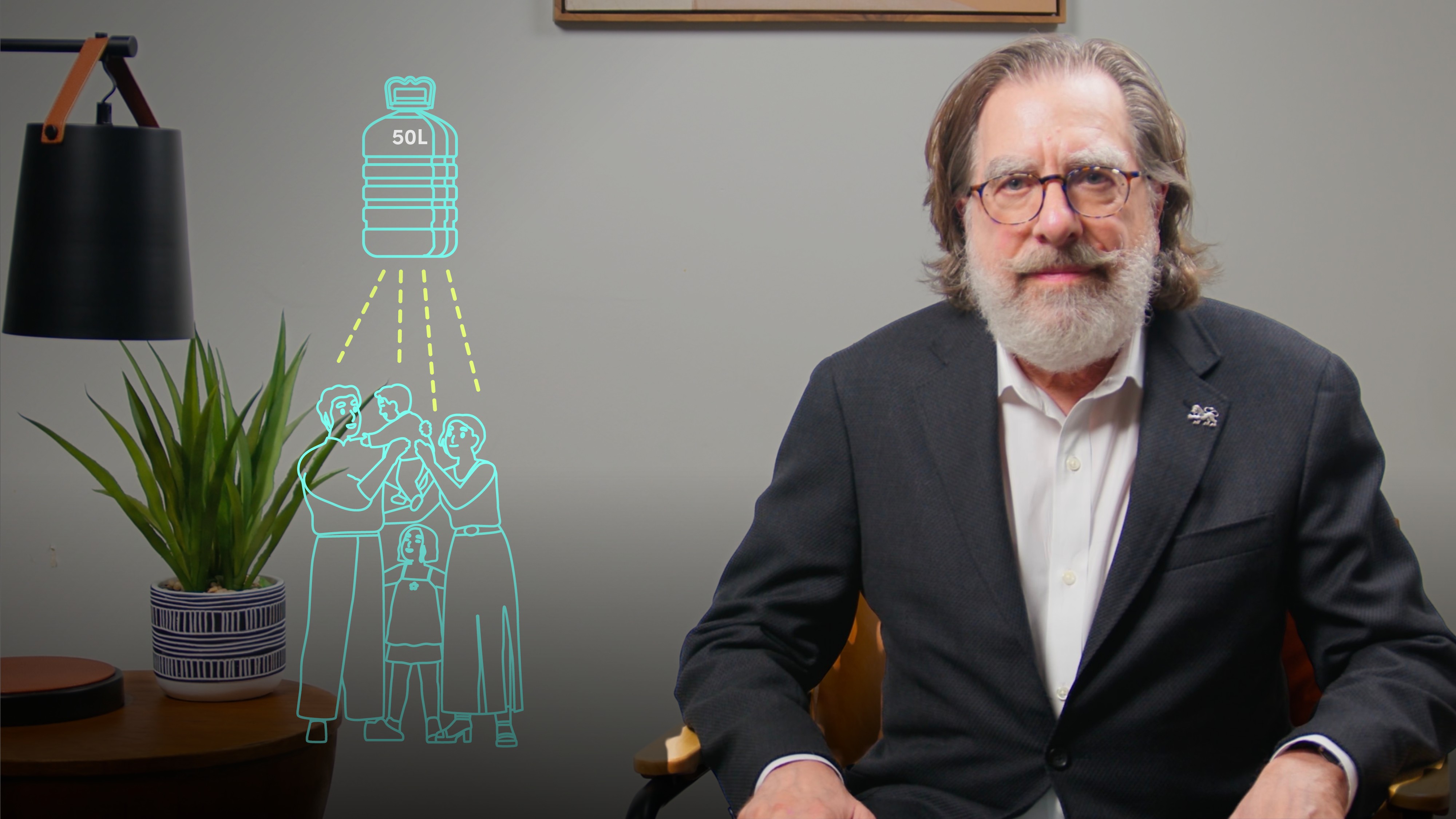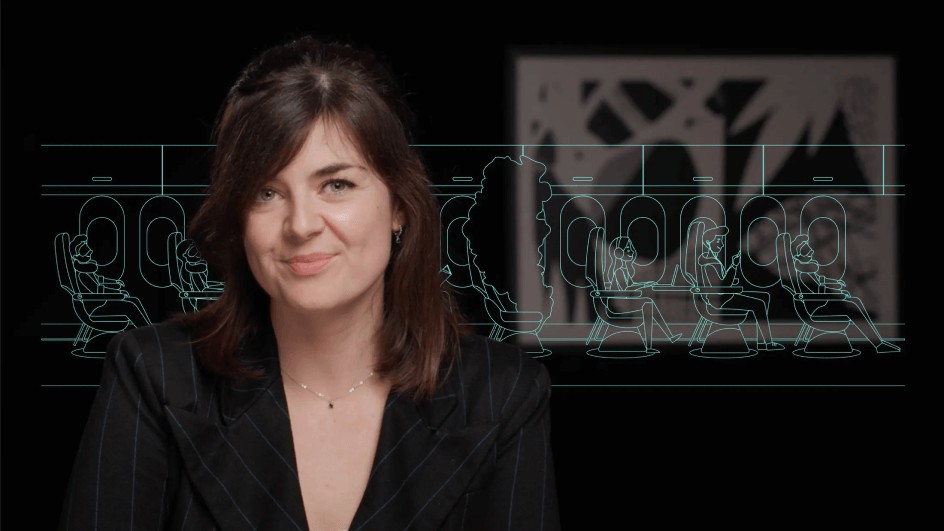What is The Third Route?
The Third Route is a forward-thinking water research initiative that explores alternative solutions to traditional water supply and demand management approaches. Instead of relying solely on large-scale reservoirs or conservation efforts, it champions innovative, decentralised technologies like desalination, wastewater recycling, and atmospheric water generation. These methods are designed to be more adaptable to diverse environments and socio-economic contexts, aiming to create resilient and sustainable water systems.
What’s the difference between centralised and decentralised water treatment?
Traditional centralised water treatment involves large-scale infrastructure - big treatment plants that serve entire cities or regions. These systems are costly to build and maintain and may lack the flexibility to adapt quickly to local needs or climate changes. In contrast, decentralised and extreme decentralised water treatment technologies work on a much smaller scale. These systems treat water at the neighbourhood, building, or even household level. Extreme decentralised solutions are typically integrated into individual residential or commercial properties. This shift allows for more sustainable, locally-managed solutions that can either operate independently or in combination with existing centralised systems.
What are some examples of decentralised water technologies?
There’s a growing trend of using decentralised technologies that treat water where it’s used, reducing the need for extensive infrastructure. Some examples include natural treatment systems and grey water recycling systems. The goal is to offer practical alternatives to centralised systems by focusing on smaller, more resilient solutions that empower users at the local level.
What are some of the current digital trends in water technology?
Digital technologies are transforming how we manage and understand water. Real-time data, remote sensing, and artificial intelligence are being used to monitor, analyse, and improve water systems. For example, satellite and on-the-ground sensors track water quality in real time, helping detect issues like algal blooms early. AI-powered systems automate complex tasks like wastewater treatment plant design or identify leaks in underground pipes, saving time, resources, and water.
How are smart water homes different from dumb water homes?
A dumb water home simply uses water without providing any feedback or information to the user. You can’t see how much you’re using or monitor the quality. In contrast, smart water homes are equipped with technology that gives real-time insights into usage and quality - similar to smart energy meters. With this kind of data, homeowners can make more informed decisions, reduce waste, and even save money. These smart systems also contribute to broader sustainability goals by encouraging mindful water use and enabling better management at the local level.
What are some innovative ways water technology is being applied?
Innovation in the water sector is not limited to treatment - it’s also changing how we access and use water in our everyday lives. Hydration technologies are evolving, with new devices offering cleaner, more sustainable hydration in homes and public spaces. Irrigation technologies now include smart systems that use data to ensure outdoor water use is efficient and not wasteful. Water reuse systems for homes and buildings are gaining popularity, offering alternative sources of clean water from rainwater or treated wastewater.

































